Sarah Tolmie
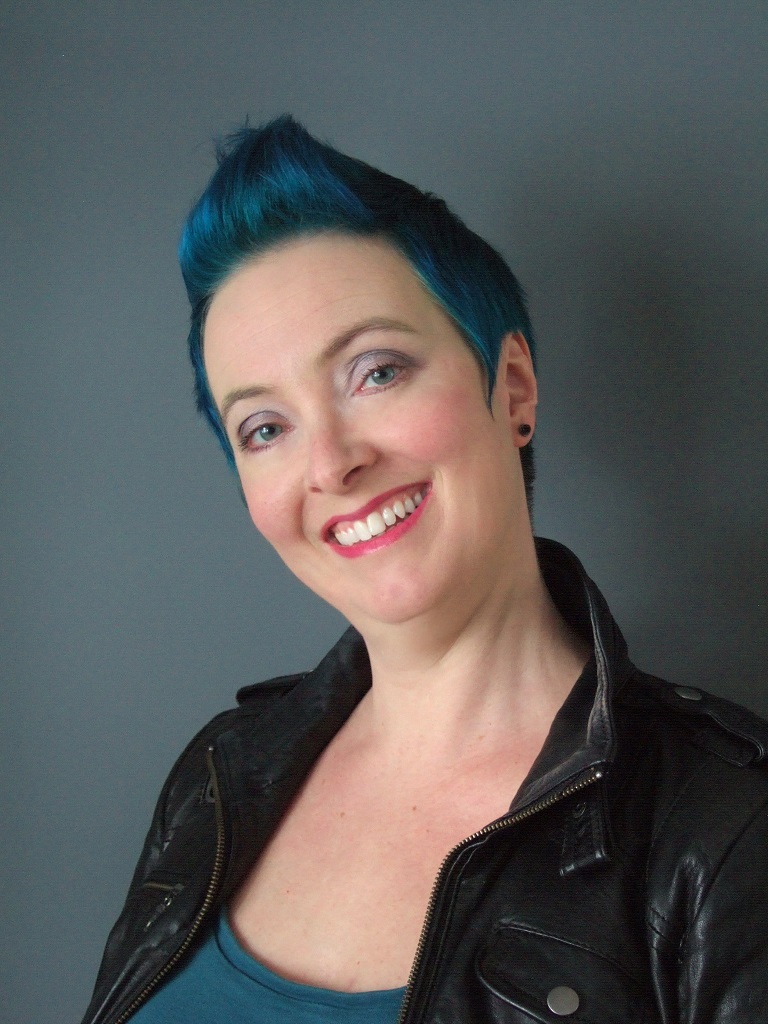
Sarah Tolmie
I wrote my first novel on the bus. I doubt I am the first to do so, but
maybe I'll be the first to put the drivers on the Toronto-Waterloo corridor
along the 401 in my acknowledgements. They deserve it. They provided a
130-km-per-hour zen decompression zone and moving think tank twice a week
for me from 2005 to 2007. I wrote the whole first draft of The Stone
Boatmen in hour-and-a-half installments during my commute to work, usually
in the dark, time for which I was profoundly grateful between trying to get
tenure and having two toddlers 17 months apart. The meditative exercise of
those hours — during which I resolutely denied that I was writing a novel,
but merely a series of paragraphs one after the other — provided a vital
zone of freedom. It also allowed me to answer a question that had grown
quietly inside me during more than a decade spent studying and teaching
medieval dream poetry, namely: what would it actually feel like to live
through a renaissance? When things sufficiently new were happening that
there were not even words for them? There was something about that warm
darkened fishbowl of the bus — it seemed to be eternally raining, I recall
— that dropped me instantly into the always unfinished world that I was
writing. I treated each paragraph as a question, and answered each one
separately. By the time I sat down again, 72 hours later or more, without
having thought consciously about it at all in the interim, there would be
another one waiting. It was amazing. I was able to write a 200-page novel,
then a collection of short fiction, and then a short-short collection,
without ever having to look directly at the whole of any project, only a
screen-full at a time. It was as if the bus eliminated peripheral vision
and left only the road ahead. If I had tried to imagine what I was doing as
a serious, connected task — as more responsibility — I would have choked. I
had always been a speculative fiction reader, and up until grad school a
fairly committed poet and occasional playwright, but had never been able to
write prose of any sustained length. Therefore I simply told myself I was
not doing so and got on with it edgewise. I’ve always loved paradoxes.
I'm an Associate Professor in the English department at the University of
Waterloo. I did a PhD in medieval literature at Cambridge after two degrees
at the University of Toronto. I held brief contract jobs at Harvard and
started teaching at UW in 2000, where I teach medieval and renaissance
literature, general British literature, and now, creative writing. I
publish on the bizarre late medieval visionary poem Piers Plowman and its
relations to logic and language and have been developing a virtual reality
translation of the text — what I call a “wearable poem” that the reader
walks into via a head-mounted display — called the Salvation Suit, since
2009. This technological experiment has led to several other
research-creation projects, among them building an augmented reality angel
out of a human dancer and a pair of dynamically-responsive virtual wings,
and making a whispering gallery of voices saying “goodbye” with a Kinect,
an interactive theatre piece about mourning.
These projects create links between movement and proprioception — the
body's sense of itself and its limits in space — and narrative and poetic
structures and pathways. As such they are deeply related to my recently
discovered passion for the dance form known as contact improvisation. I
began studying contact improv in 2009 and have since become a member of the
Kitchener collective Friends of the Floor Dance Theatre, dancing in and
concept designing a series of shows with and for them over the last three
years. I have wanted to be a dancer all my life but was hampered by a
complete inability to tell left from right or to follow choreography. (May
I say, if this describes you, contact improvisation is your form?) If you
had told me three years ago that I would be dancing professionally, in
public, I would have laughed or had a panic attack. I have brought the
practice increasingly into my research and teaching, especially in creative
writing, and co-founded the Raw Nerve Research Group in 2011, a team of
three researcher/dancers (an engineer, a computer scientist, and me) who
lead participatory workshops helping people understand complex interactions
through movement. Writing and dancing came together most concretely in
October 2012, when I got a grant from the Ontario Arts Council to complete
a dance-related sonnet sequence called Trio. This project, too, began with
a single short work: one sonnet, a 14-line experiment in a retro form. And
then another, and another, always looking the other way. Now it’s 450
sonnets and counting. I guess I have to face up to fact that it’s a book
now. Just like I did when Timmi agreed to publish The Stone Boatmen. It was
such a great surprise.
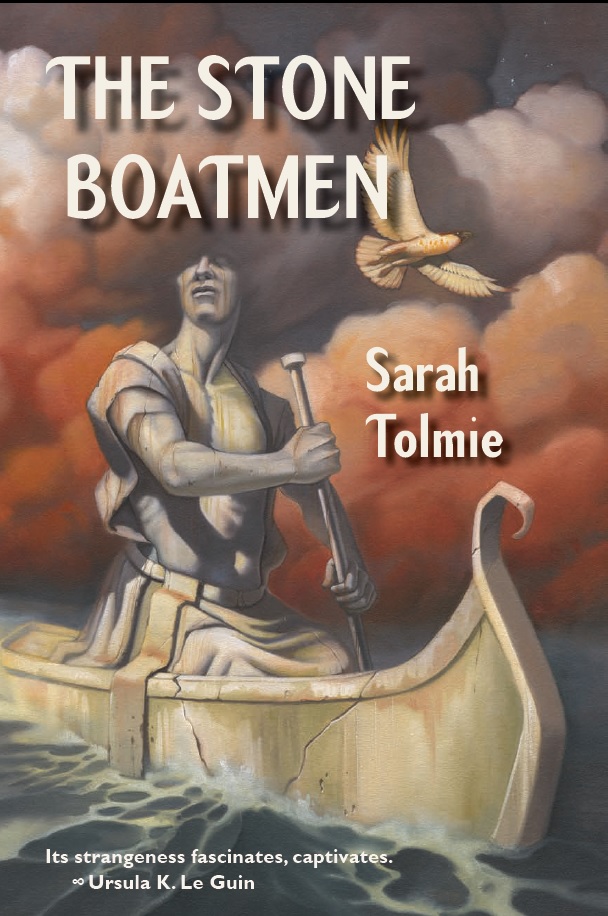  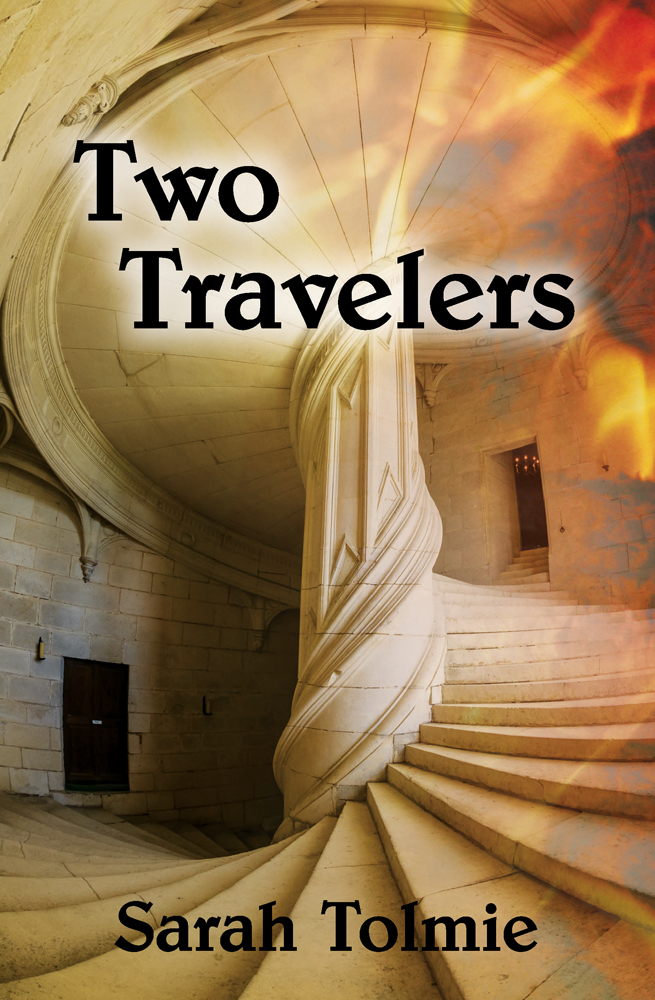 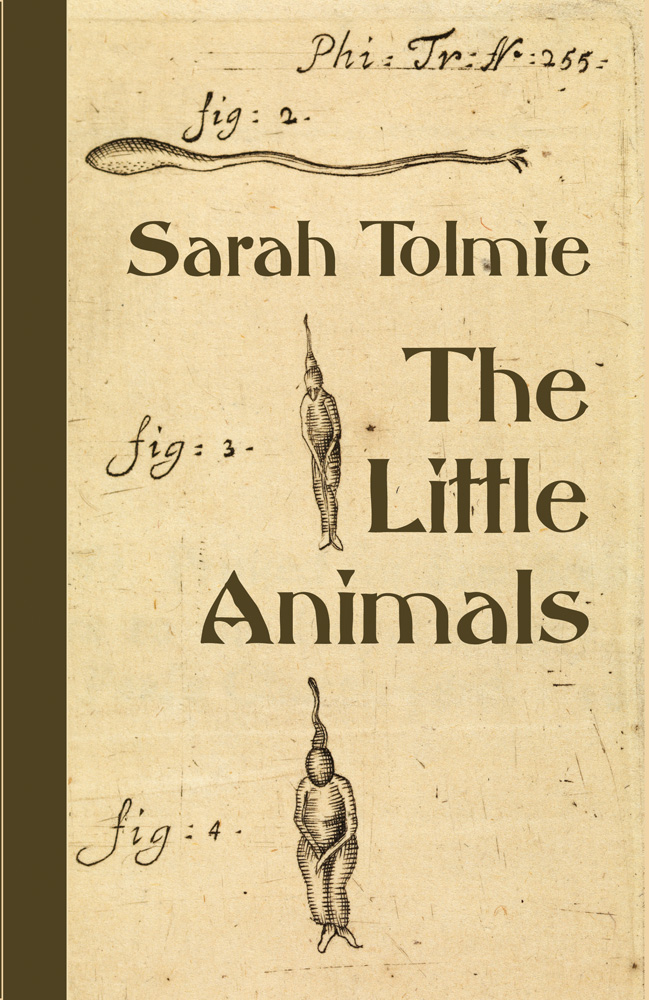 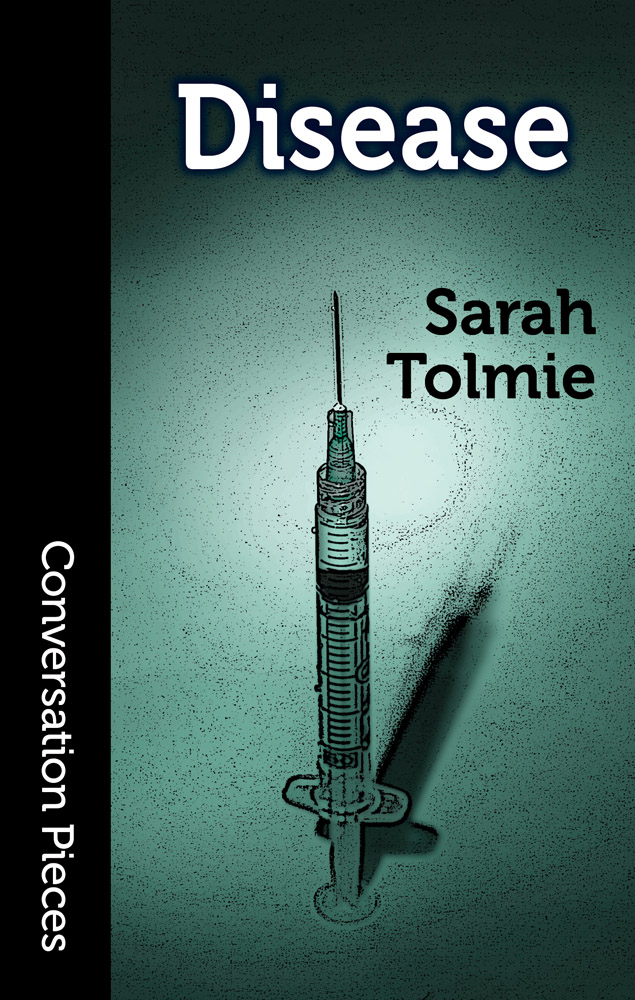 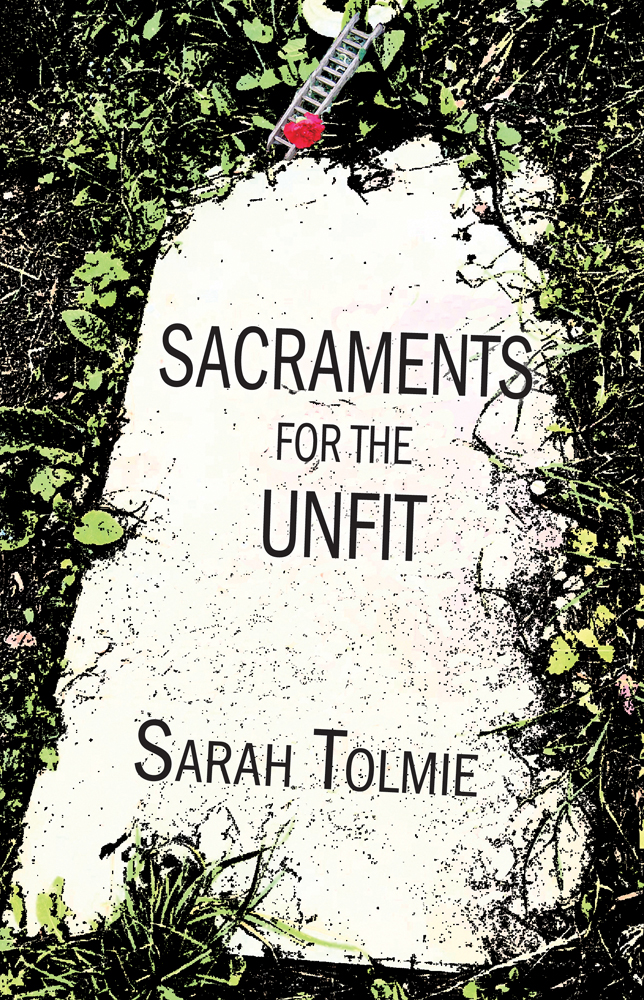
|